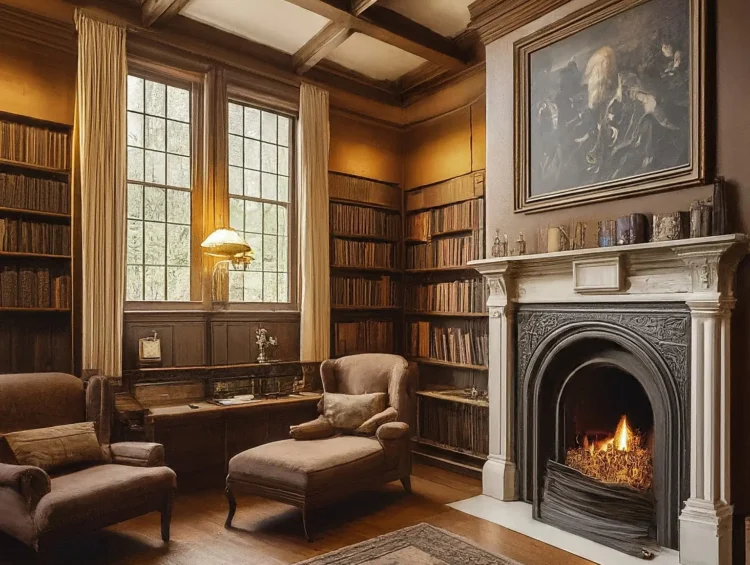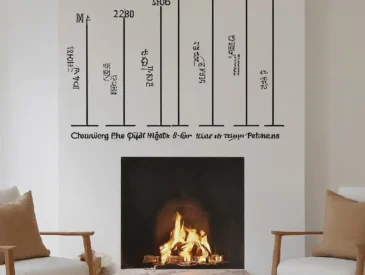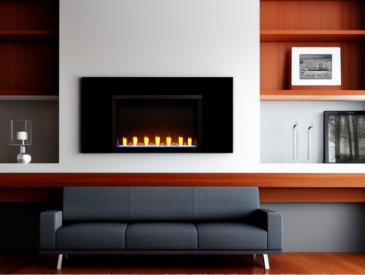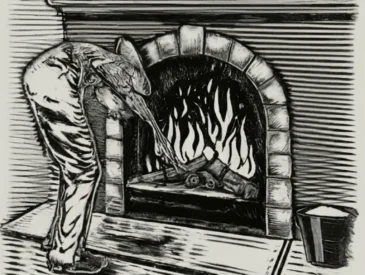Rules & Regulations: The hearth is a vital component of your fireplace, ensuring both safety and functionality. However, selecting the right material for your hearth is crucial. Can wood be used for a fireplace hearth?
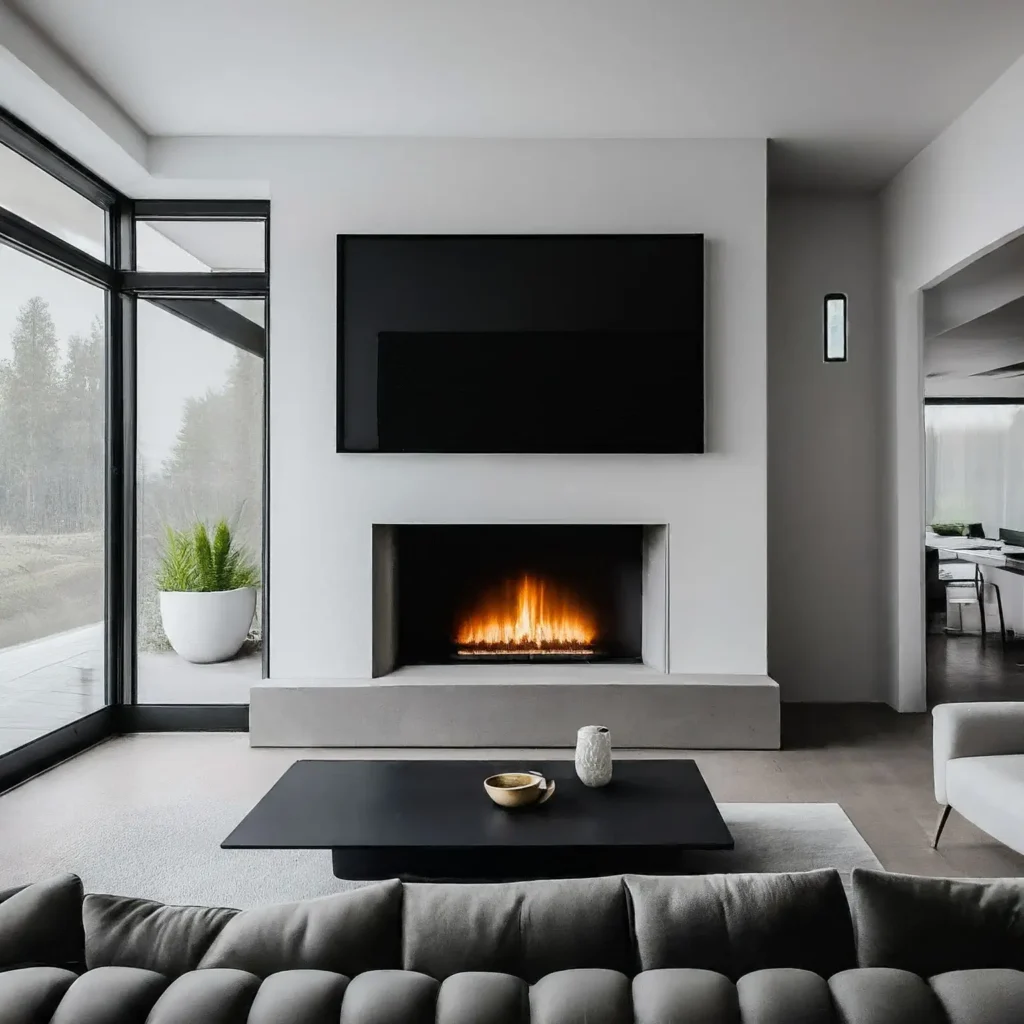
This article delves into why wood isn’t a suitable choice and provides alternative materials that offer both safety and aesthetic appeal.
Can wood be used for your fireplace hearth?
Wood, unfortunately, is not an ideal material for a fireplace hearth. Hearths must be fire-resistant, capable of withstanding high temperatures, and non-combustible. While wood can handle some heat,
it remains combustible, making it a risky choice. Instead, opt for materials like granite, brick, marble, limestone, or other non-combustible minerals or stones.
Alternative Materials for Your Fireplace Hearth:
While wood is unsuitable for a hearth, there are various excellent materials to consider:
- Granite: Affordability, variety, and excellent fire protection make granite a top choice.
- Brick: Provides a classic look and effective fire resistance at an affordable cost.
- Limestone: Suitable for gas or electric fireplaces, though not recommended for wood-burning ones.
- Marble: Offers a luxurious appearance and exceptional heat resistance, albeit at a higher cost.
- Concrete: A practical, cost-effective option that is easy to work with and repair.
- Slate: Best for gas and electric fireplaces; not recommended for wood-burning ones, though they may require more maintenance.
- Quarry Tiles: Durable and traditional in appearance, easy to clean, and compatible with various fireplace types.
- Ceramic: Comes in a range of colors, is easy to clean, and adds a polished finish to your hearth.
The Importance of a Fireplace Hearth:
For fireplaces using solid fuel, a hearth is essential. While electric fireplaces don’t necessarily require one, many install them for aesthetic completeness.
The hearth acts as a protective barrier, preventing flames, embers, and combustible materials from escaping the fireplace, and ensuring the safety of your home and furniture.

Can You Paint Your Hearth?
Depending on the material, painting your hearth may be an option. Brick or concrete hearths are more amenable to painting, but not all materials will take well to it.
Proper preparation, including cleaning, adequate coverage of surrounding areas, and the use of heat-resistant paint, is essential for a lasting finish.
Related: fireplace paint guide
Additional hearth Requirements:
Specific hearth requirements vary by country. In the United States, hearths must be at least four inches thick and extend twelve inches outward.
They must also be constructed of non-combustible materials. Choosing a heat-resistant, fireproof material is paramount for compliance with safety regulations.
Conclusion:
Selecting the right material for your fireplace hearth is crucial for both safety and aesthetics. While wood is not recommended,
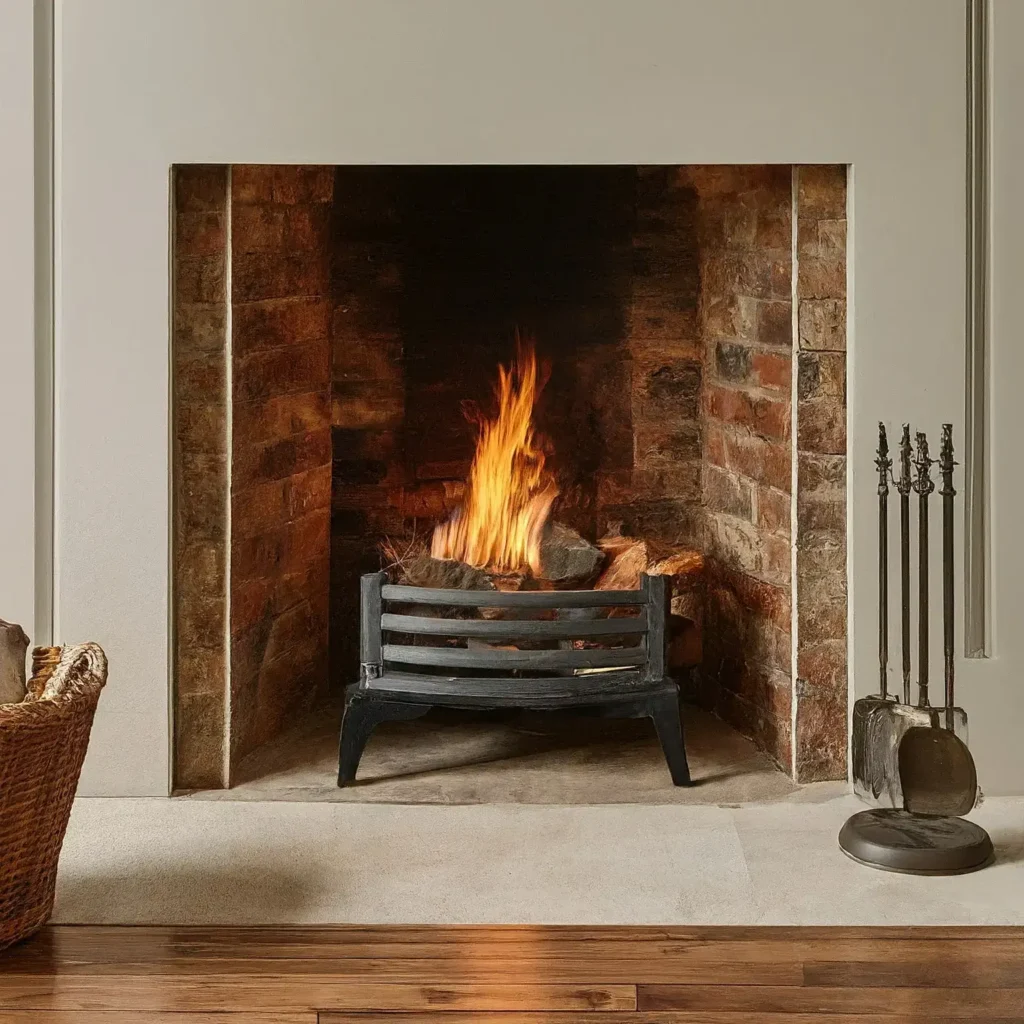
there are plenty of other materials that offer the necessary fire resistance and durability.
Adhering to safety regulations ensures that your hearth provides both protection and visual appeal to your fireplace.

